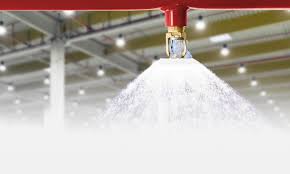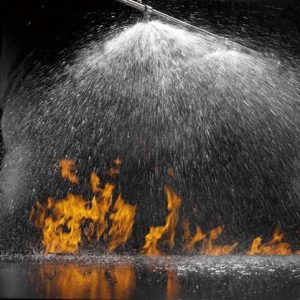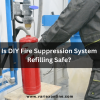![]()
Fire Immuniser
+91-7829629111
Email: info@variex.in
Varistor Technologies Pvt. Ltd.
Block-1, First Floor, Ardente Office One, Hoodi Circle, ITPL Main Road, Bengaluru, Karnataka 560048, IN
Fire Sprinkler System Maintenance
Frequently Asked Questions
Regular maintenance ensures that fire sprinkler systems remain in proper working condition, ready to respond effectively in the event of a fire. Maintenance helps prevent system failures, ensures compliance with regulations, and protects lives and property.
The frequency of inspections depends on factors such as system type, occupancy classification, and local regulations. Typically, fire sprinkler systems should be inspected annually, with more frequent testing of critical components such as alarm systems and backflow prevention devices.
Fire sprinkler system maintenance should be performed by qualified technicians trained in fire protection systems. These technicians have the knowledge and skills to conduct inspections, tests, and maintenance tasks according to industry standards and manufacturer guidelines.
Maintenance tasks may include inspecting sprinkler heads, checking piping for leaks and corrosion, testing control valves, verifying alarm systems, and certifying backflow prevention devices. Each component plays a crucial role in the system's overall effectiveness and reliability.
Building codes, regulations, and standards may require fire sprinkler systems to undergo regular maintenance to ensure compliance with safety requirements. It's essential to check local regulations and consult with authorities having jurisdiction to determine specific maintenance requirements.
Final Say
At VariEx.in and VariexOnline.com, we specialize in supplying and installing top-quality fire fighting systems and equipment. From fire extinguishers to advanced suppression systems, we offer comprehensive solutions tailored to your needs. Our experienced team ensures precise installation and maintenance for optimal safety.
Trust VariEx for reliable fire protection. Contact us online or call 7829629111 to learn more.











